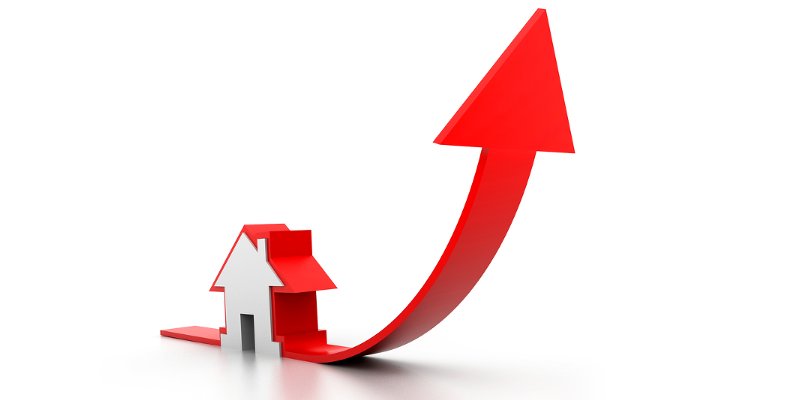In Q1 of 2020, UK house price inflation increased by 3.3% compared to a year earlier, the best reading since the early months of 2018

In Q1 of 2020, UK house price inflation increased by 3.3% compared to a year earlier, the best reading since the early months of 2018, according to IHS Markit’s analysis of the Halifax House Price Index.
The previous quarter had seen an increase of 2.3% on a year earlier, in comparison.
The acceleration in Q1 2020 has been attributed to increased economic and political stability.
Seasonally adjusted figures show house prices jumped by 2.1% over Q1, compared the preceding quarter, when they increased by just 1.1%.
Stronger increases in prices were recorded across all buyer and property types during the first quarter of 2020; for example, first time buyer inflation hit a three year high, increasing by 3.8%, while for house movers inflation increased by 3.0%.
Existing properties (3.4%) recorded a stronger price increase than new houses (2.6%).
Broken down by region, Northern Ireland showed the strongest outright price gains, followed by the North West, West Midlands and Scotland.
In each case, inflation rates were at or above 4% year-on-year during Q1 of 2020.
Wales (3.9%) and Yorkshire and the Humber (3.5%) both also registered stronger inflation rates than the national average.
Inflation rates across the south of England remained below the UK average, but London and the South East recorded their first annual price gains since late 2028, with inflation increases of 2.3% and 2.8%, respectively.
For Western England (1.2%) and the South West (1.7%), inflation rates were the strongest in over a year.
Despite recording the slowest annual increases in the UK, the South of England continued to show the highest property prices in the country.
London remains well ahead of all regions, with typical house prices moving towards £500,000 in Q1.
Despite strong price gains, Northern Ireland remains one of the cheapest places to purchase a house in the UK, with prices remaining below £150,000.
The recent uptick in house prices led to a related increase in the price-to-earnings ratio at the beginning of 2020, up to 6.19 from 6.10 at the end of 2019.
This ratio is currently tracking its highest level since Q3 of 2018, and remain the most acute in Greater London and the South East.
Paul Smith, economics director at IHS Markit, said: “Although the latest data provide an indication of an improving housing market following the strong uplift to activity afforded to buyers and vendors from the greater political certainty seen at the end of 2019, it’s hard not to look ahead to the coming months given the outlook is now dominated by the COVID-19 pandemic.
“With that in mind, the first quarter data feel backward looking.
“Whilst confirming the market was on a positive trajectory, as activity strengthened following a clarification over Brexit and the decisive general election result, the direction of travel is now characterised by considerable uncertainty.
“Amid reports of viewings being cancelled and movers encouraged to put transactions on hold, the market is currently in deep-freeze.
“More worryingly, the challenging macro-environment, with business closures, joblessness rising and cuts to incomes occurring, all points to a general downward pressure on prices in the near-term.
“The ultimate scale of the impact of the pandemic on the market will ultimately depend on the speed in which it can be brought under control.
“Encouragingly, however, actions by government and the Bank of England are likely to provide strong support to the economy – and in turn the housing market – when some form of normality resumes.”



